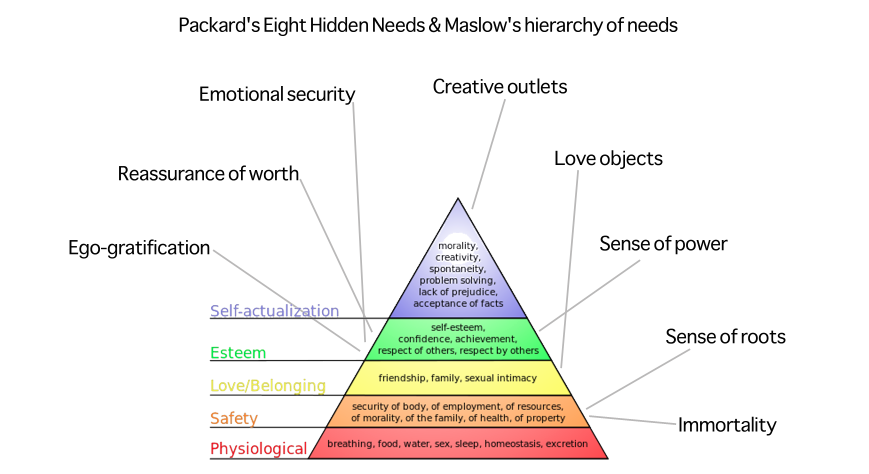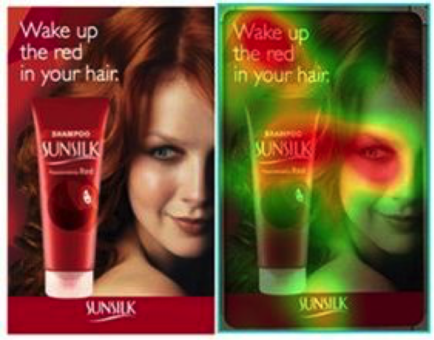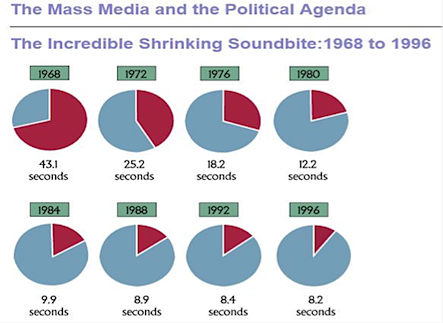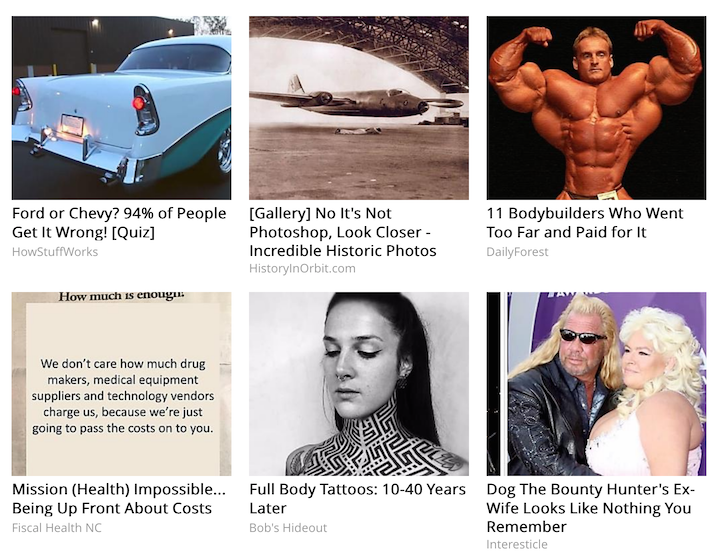We’re Not the Only Ones Who Want Kids’ Attention
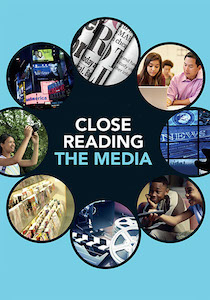 The marketing, public relations and advertising industries employ millions of people across the globe to produce messages.
The marketing, public relations and advertising industries employ millions of people across the globe to produce messages.
Every day, untold billions of media messages vie for the world’s attention.
How they get it and what that means for middle grades teaching and learning is the subject of this latest media literacy column.
Today’s students have been described as our first generation of “digital natives,” but that does not mean they understand everything about media and technology. Understanding how messages are crafted and targeted to a specific demographic is an important part of 21st century instruction.
We have an obligation to teach young people how media is made and what techniques are used to make them.
ISTE’s Standards for Students reference the “Creative Communicator.” With their mobile phones and tablets, many students are already media creators themselves. Whether it’s taking and manipulating photographs or making short videos, they often incorporate techniques they’ve learned by paying attention to other productions.
These techniques comprise a big portion of “visual literacy,” as referenced in both Arts and Language Arts standards, and helping students perceive what’s going on behind the techniques they see is truly “standards based.”
Attention for Sale
If you’ve been reading my media literacy columns, then you may already know the first media literacy concept: all media messages are constructions. Someone is responsible for putting the message together. It could be a newspaper, a magazine, a movie, an advertisement, a social media message, even a billboard or something intriguing that comes in the mail.
These media-makers are the experts in the creation of their specific medium. One of the media literacy critical thinking questions associated with media construction is what techniques are they using to get my attention? (We can guess why they want our attention: so they can sell it.)
Because of the increasing competition for attention, everyone in the media is using specific and field-tested techniques designed to lure us in. From social media, to TV and radio, to movies and magazines: something in the message must grab and hold our interest, if only for a few precious seconds. They want us to switch on our brains and remember.
People’s attention spans are shorter than ever so consequently the messenger’s work is harder than ever. Many of us now try to skip commercials using our TV recorders and remote controls, so advertisers have to keep devising new ways to get us to pay attention. One technique used to trick fast-forwarders is placing images within the commercial stream that fool viewers into thinking the commercials have ended – and so they push “Play” too soon.
Another increasingly popular marketing tactic is “product placement”—the practice of displaying the product inside the TV show itself, where we’re sure to see it. (Notice that sleek laptop on James Bond’s speedboat?) On our digital devices, marketers seem to be reading our minds – using tracking programs tucked away in cookie software to watch our online behavior and deliver personalized, attention-getting messages inside our virtual environments.
Attention Grabbing: Then & Now
Technologies change but human nature is pretty much a constant. Advertisers have historically utilized a proven list of “techniques of persuasion” (pathos, logos, ethos) that have been in place as far back as World War I.
In 1957, author Vance Packard first published The Hidden Persuaders, a then-startling exposé detailing “how advertisers use psychological methods to tap into our unconscious desires in order to ‘persuade’ us to buy the(ir) products.” (Source)
Packard (drawing on Maslow’s heirarchy) identified eight “compelling needs” that advertisers know will make us want to purchase a product. He listed the needs as: emotional, security, reassurance of worth, ego-gratification, creative outlets, love, objects, sense of power, sense of roots, and immortality.
By using this list (click to enlarge), marketers made sure their messages met consumers’ needs.
It is these techniques I believe that all of our students need to know, recognize and understand. My colleague Renee Hobbs has created Mind Over Media, a valuable education website that highlights contemporary propaganda techniques. And here’s a teaching suggestion: distribute various full page ads from magazines and have your students match the product with one of Packard’s compelling needs. Alternatively, assign students to locate an ad on YouTube that corresponds to one or more of the needs.
Sixty years after The Hidden Persuaders, advances in neuromarketing are being used by many media companies, applying specific scientific methods to get our attention. (See these examples of neuromarketing.) One of those techniques considers where our eyes are directed when viewing an ad, for example, in a magazine. Eye-tracking research has revealed some important information to those who design the ads we see.
Consider this hair-color-enhancing shampoo ad and its corresponding heat map, which creates a color overlay of where the eyes spend the most time (reddish hot spots). The model looks straight at the camera and the viewers’ eyes spend the most time on the slogan, and then on her face. (Source)
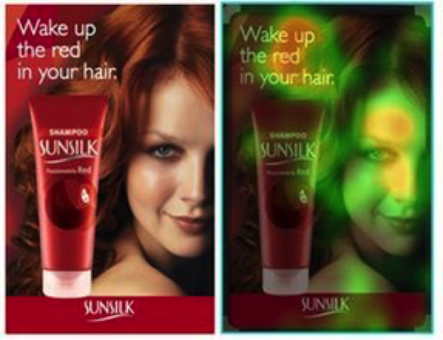
This same eye-tracking technique is used in magazine cover design as well as in newspapers, web pages and movie posters.
In “Merchants of Cool,” a 2001 PBS documentary, media critic Doug Rushkoff profiled teens who are considered “hot property” to advertisers. Young girls, identified as “influencers,” are shown being recruited and paid to get their peers to like and use clothes and accessories.

In the 2002 film “Minority Report,” actor Tom Cruise, playing a futuristic detective, walked past some interactive billboards – one of which called him by name. “The road you’re on, John Anderton, is the one less traveled,” a Lexus billboard whispers at him. “How ridiculous,” some said.
The watching billboard is not fiction today: some billboards now employ cameras that follow you as you notice the message. Using your mobile phone, the ads may actually know who you are, where you live and much more. Stores and many other businesses regularly use music and aroma (aka scent marketing) to influence how we feel while we shop. (See this five-minute MSNBC news feature about scent manipulation.)
Techniques: Shortened Soundbites
In a 1990’s study of the evolution of political campaign news, a university professor reported that soundbites – those edited remarks by politicians and candidates interviewed for TV news – had shrunk to exactly 9 seconds. (In 1968, it was 43 seconds.)
By 2011, media had shaved off another second. Political consultants and their ad makers advised their clients: if you can’t say it in 8 seconds, forget it – it won’t be heard or remembered.
Techniques: Visual Design
Why are certain colors more eye-catching than others? Why would certain words be in larger fonts than other words on the cover of a magazine? Why is a certain celebrity on the cover this month? In the competitive world of magazine and tabloid publishing, it’s important to make your periodical stand out, especially if it’s positioned with hundreds of others (as they are at my local Barnes & Noble Bookstore) or even a dozen others (in the grocery checkout line). I recently wrote about engaging middle grades students in both analyzing and creating magazine covers.
Techniques: Repetition
One of the proven techniques of persuasion is repetition. Say something enough times and people will tend to believe it. Adolf Hitler repeatedly said “the Jews are the problem” and many Germans believed him, leading up to the Holocaust. Writing in his autobiography Mein Kampf, he said “If you go on repeating a lie, it becomes real.”
Modern leaders use repetition as well. How often do we hear “talking heads” on television news shows saying the same phrase – “the message of the day.” USA Today (2/16/17) reported on President Trump’s use of repetition, identifying his rhetoric as similar to one of the persuasive ad techniques. It cited examples: “Bad deals” are “terrible,” the media is “dishonest” or “fake,” and the system is “broken.”

Techniques: Click Bait
A snappy headline – an unbelievable story – most likely you and your students have encountered click bait while reading the news sites or surfing online.
Often times these “stories” are posted at the bottom of the page or on the right hand side of the page. Many of the stories could be categorized as “fake news” or at least “misleading news.” The goal, if you don’t already know, is to get us to click and read AND be exposed to the advertising on those intriguing pages. The more clicks, the more money an advertiser can rake in. [See this excellent section of Fake News resources at Jr. Scholastic Magazine.]
Students Need Our Guidance
It bears repeating, and this is not fake news: students need guidance in understanding how media messages work to get our attention. When we take the time to help young people recognize media-making techniques, we’re actually satisfying many of the 21st century critical thinking skills they’ll need to be successful citizens and people who resist manipulation.
Media literacy education is designed to provide students with the skills, knowledge and abilities to understand the world they are exposed to. As digital age educators, it’s our job to guide them in a world saturated by media, much of which is designed to influence and persuade – and some of which may do so with nefarious purpose, as we’re learning from the investigations of Russian interference in American politics and elections.
Recommended Resources
► This Is Your Brain On Ads: How Media Companies Hijack Your Attention (NPR) “An ad we watched when we were five years old can influence our buying behavior when we’re fifty.”
► Propaganda Techniques in Literature & Online Political Ads (ReadWriteThink lesson plan)
► Exploring Consumerism Where Ads & Art Intersect (ReadWriteThink lesson plan)
► The Manipulative Tricks Tech Companies Used To Capture Your Attention (TED Talk – designer Tristan Harris)
► How The Rise of Influencers Has Disrupted Advertising (Inc. Magazine)
► Confessions of a Neuromarketer: What is Neuromarketing and why does it matter?
► How brands are tapping into consumers’ faces – and brains (The Drum)
► How Marketers & Advertisers Get Our Attention (Newhouse)
► As Amazon’s Influence Grows, Marketers Scramble to Tailor Strategies (New York Times)



